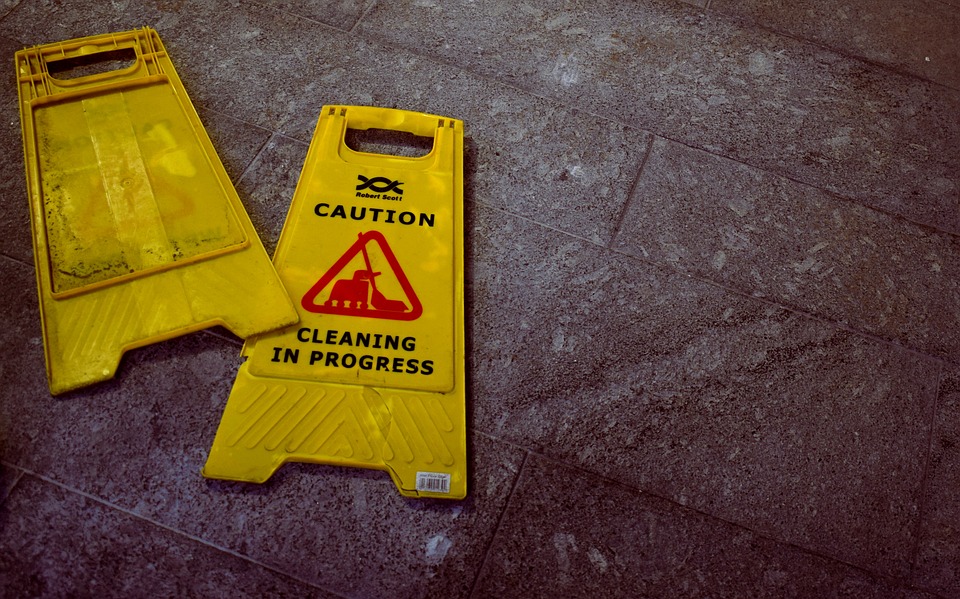OSHA Announces Most Common Workplace Safety Violations for 2018

The Occupational Safety and Health Administration (OSHA) has announced the 10 most common workplace safety violations for 2018. If you're an employer, you should familiarize yourself with these violations so that you can take the necessary precautions to prevent this from occurring in your workplace. Each year, tens of thousands of U.S. workers are injured while working. And while it's nearly impossible to avoid all work-related injuries, complying with OSHA's rules is a simple and effective way to create a safer working environment. So, what are the most common workplace safety violations?
OSHA's Top 10 Safety Violations for 2018
According to OSHA, the top 10 most common workplace safety violations for 2018 include the following:
- Fall Protection
- Hazard Communication
- Scaffolding
- Respiratory Protection
- Lockout/Tagout
- Ladders
- Powered Industrial Trucks
- Fall Protection Training Requirements
- Machine Guarding
- Eye and Face Protection
Protecting Against Slip and Falls
As previously revealed, fall protection is the most common workplace safety violation in the United States for 2018. OSHA says that some 7,270 fall protection violations have occurred thus far in 2018. Of course, this shouldn't come as a surprise to anyone who follows OSHA and its reported data. Each year, slip and falls consistently rank as the most common type of injury in the workplace. From restaurants and retail stores to manufacturing factories, construction sites and shipyards, countless workplaces experience slip-and-fall injuries.
You can protect workers from slip-and-fall injuries, however, by following some simple steps. First and foremost, make sure the floors and walkways in your workplace are kept clean, dry and free of obstacles. When floors get wet, workers may slip and fall on them, thereby increasing the risk of injury. Certain types of floors are more susceptible to work-related falls than others. Hard flooring surfaces, for instance, are more likely to cause workers to slip and fall than carpeted or other "textured" flooring surfaces. Even if your workplace has hard flooring, though, you can still lay rugs and anti-fatigue mats in high-traffic areas to reduce the risk of slip-and-fall accidents.
Here are some other tips to protect against slip and falls in your workplace:
- Use signs to notify workers of slippery areas.
- Require workers to wear non-slip shoes or boots.
- Clean spilled liquids in a timely manner.
- Encourage workers to report slip-and-fall hazards.
- Use adequate lighting to illuminate your workplace so that workers can see better.
Recent Posts
-
Fire Safety in the Workplace: What You Need to Know
What steps are you taking to prevent fires in your workplace? According to the U.S. Occupational Saf …Aug 23rd 2023 -
Is It Safe to Go Jogging With a Cold Infection?
If you're suffering from a cold infection, you might be wondering whether it's safe to go jogging. T …Aug 22nd 2023 -
5 Safety Tips to Follow When Using a Powder-Actuated Tool
Powder-actuated tools are commonly used to join materials to steel and concrete. Also known as Hilti …Aug 20th 2023




